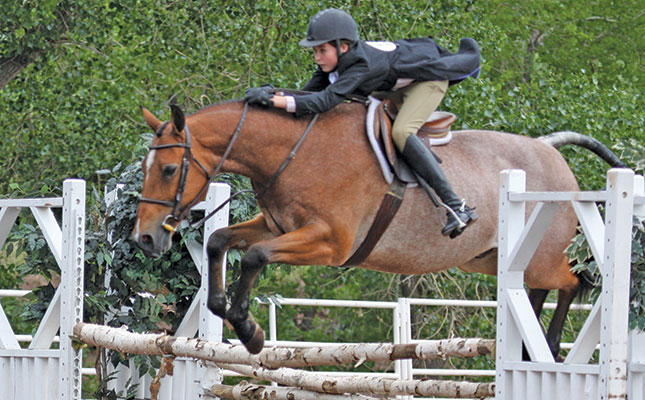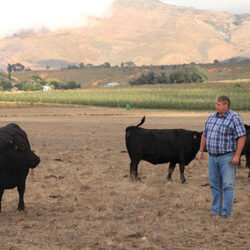In the past, some veterinarians would shake their heads when horse owners asked them about stem cell therapy. In recent years, however, research has broadened the nature and scope of this concept, which is now called ‘regenerative medicine’. Its aim is to reintroduce patient-derived biological substances locally in order to stimulate natural healing in damaged tissue.
Associated with regenerative medicine is the term ‘orthobiologics’. These are biological products, such as blood, fat and bone marrow, harvested from the same patient to treat damage or stress-related injuries to ligaments, tendons, cartilage or bones. In human medicine, they are used to treat arthritis, sports injuries and trauma.
They have helped patients avoid orthopaedic surgery, particularly in cases where there is damage to the spine or intervertebral discs, and are also used to shorten and improve healing after orthopaedic surgery.
Elasticity
Many injuries that occur in sport horses heal through scar tissue, which is rigid rather than elastic, and likely to tear again once the horse is put back to work.
The advantage of using orthobiologics is that they help to heal the damaged tissue more effectively, so the result is much closer to the original elastic form found in ligaments and joints. Aseptic precautions such as shaving and sterilising the skin surface above the joint or tendon are prioritised to prevent infection.
Orthobiologics can also sometimes reduce pain, and there are fewer side-effects than when treating with chemical agents. This is possibly because certain orthobiologics have natural antimicrobial properties.
Three types of orthobiologics are used in veterinary medicine: stem cells (harvested from bone marrow); platelet- rich plasma (PLP), harvested from fresh blood serum; and interleukin-1 receptor antagonist protein (IRAP). IRAP is harvested from white blood cells in two forms, namely autologous conditioned serum (ACS) and autologous protein solution (APS).
A veterinarian can aseptically harvest stem cells from bone marrow and inject them into injured tissues to act as a scaffold for cellular re-growth. Injection sites should be guided using ultrasound. Stem cells trigger specific cytokines (cell-signalling proteins) and growth factors that contribute to better healing of damaged tissue, while also regenerating the blood supply.
Blood can be drawn from the jugular vein, centrifuged and have its PLP extracted, then injected into an injured tendon or joint using a sterile syringe and needle. Blood platelets release growth factors that can help generate collagen Type 1, which is more elastic than Type 3, the cause of scar tissue. Platelets also have antimicrobial properties, which appear to be related to tiny proteins called antimicrobial peptides.
Recent research has shown that PRP, ACS and APS, which do not contain cells, can also be harvested from other horses and sold in ready-to -use containers. These commercial preparations don’t stimulate the auto-immune (allergic) reactions that normally result if a patient is injected with cells or serum from a different horse.
Dr Mac is an academic, a practising equine veterinarian, and a stud owner.




